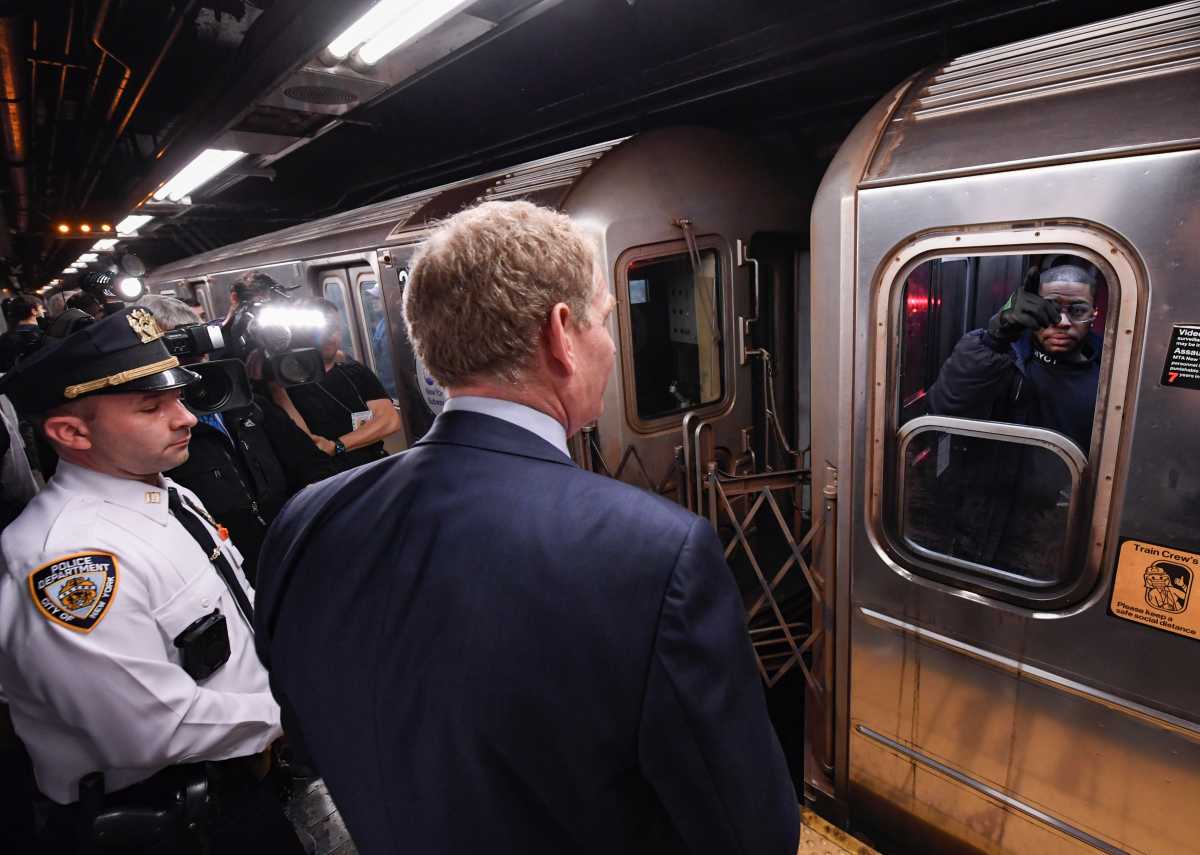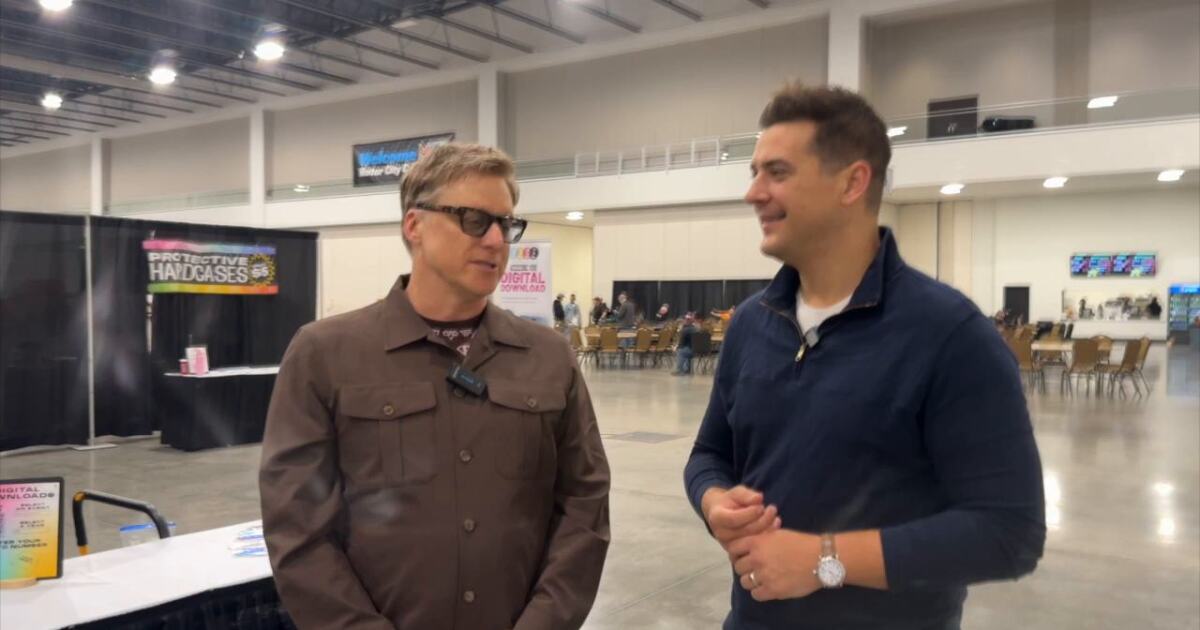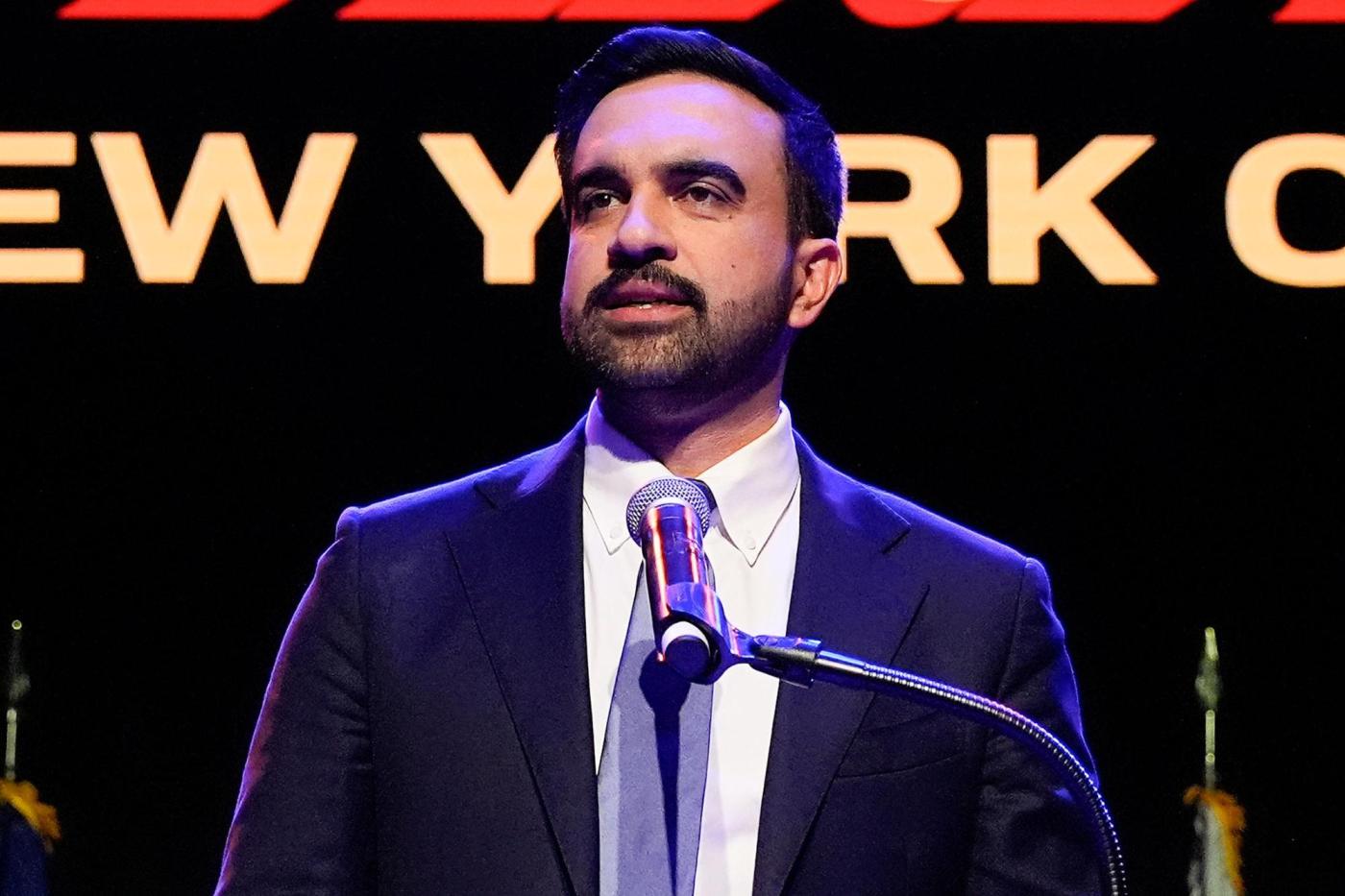UPDATE: New York Governor Kathy Hochul is facing an urgent decision on a controversial bill that could change the future of subway operations in New York City. The bill, designated as S4091 in the State Senate and A4873 in the Assembly, mandates the presence of conductors on nearly all subway trains, a requirement that could impact the safety of millions of daily commuters.
As of now, some subway trains, including the shuttle in Times Square and the G train during late-night hours, already operate without conductors. These conductor-less trains raise questions about safety and efficiency as Hochul reviews the legislation, which she must decide on by December 31, 2023.
Supporters of the bill argue that a two-person crew is essential for public safety and operational reliability. John Samuelsen, President of the Transit Workers Union, emphasized that conductors play a critical role in ensuring the safety of passengers. “Conductors act as the eyes and ears of trains and platforms,” he stated, highlighting their importance, particularly in emergency situations.
In contrast, a study from NYU’s Marron Institute challenges the need for a two-person crew, citing that fewer than 6.25% of global subway systems maintain such practices. The researchers argue that the bill could undermine efforts to improve operations and signalization funded by billions of dollars. They assert, “If there is genuine concern about how best to operate trains, the MTA should respond to the legislature’s questions.”
Samuelsen dismissed this study, declaring it inadequate and claiming that “academic assessments fail to recognize the unique challenges posed by the NYC subway system.” He stressed that the subway’s intricate routes and aging infrastructure necessitate the presence of conductors to navigate safely.
Commuters are also vocal about their support for maintaining conductors on trains. Many express a sense of security knowing that trained personnel are present, especially during late hours. One rider noted, “I like knowing that person is there, especially when it’s dark and I’m alone.” Another added, “It’s common sense to have two people on the train, due to all the issues that occur, like accidents and assaults.”
The urgency surrounding this legislation is palpable, as Samuelsen warned that the union would take drastic measures if conductors were removed. “We’ll strike the NYC Transit system before we let the conductors be stripped from us,” he affirmed, underscoring the commitment to preserving these essential roles.
As the deadline approaches, the public awaits Hochul’s decision, which will have lasting implications for the future of subway safety and operations in New York City. Commuters and workers alike are closely monitoring developments, knowing that the outcome could either reinforce or dismantle a critical safety standard on the nation’s largest subway system.
Stay tuned for updates as this story unfolds.







